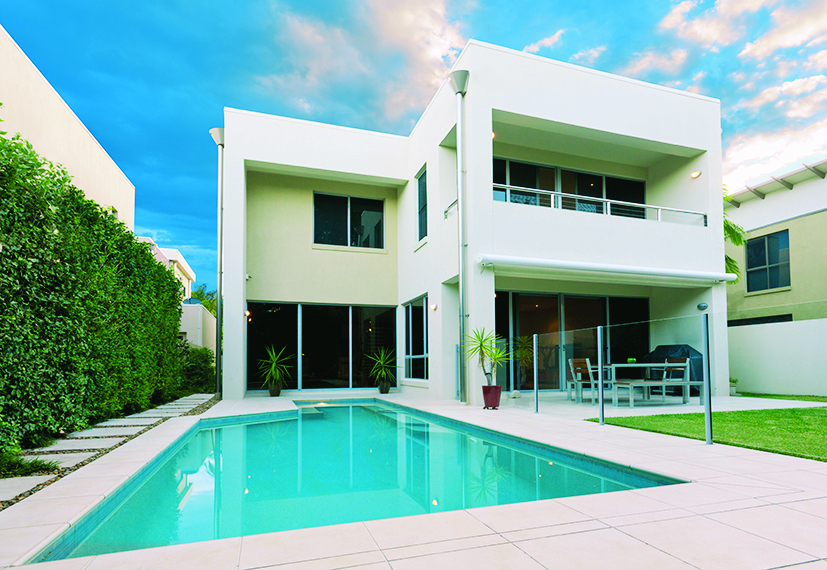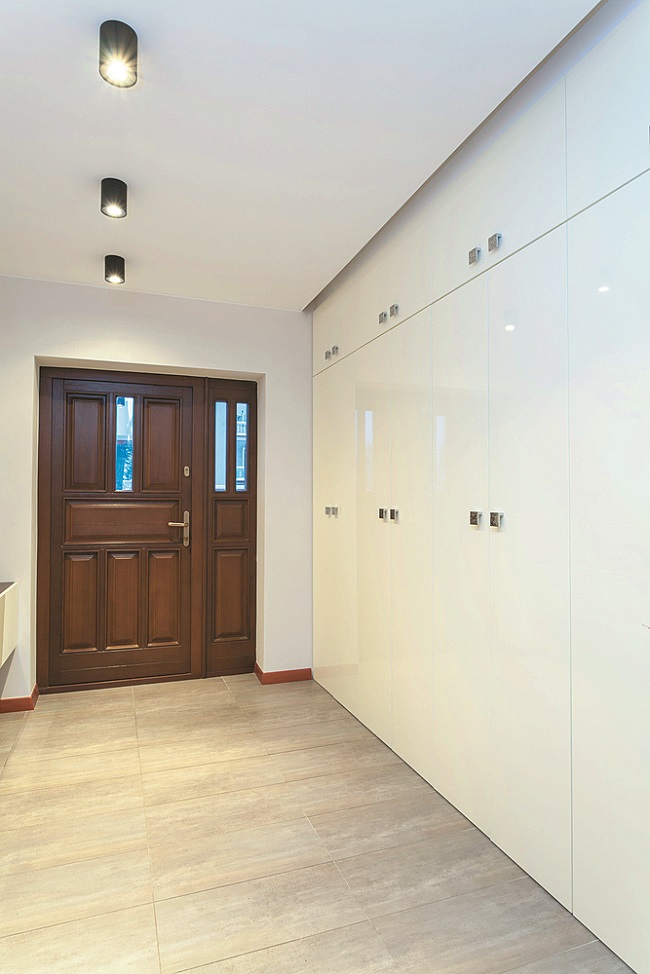On the ground, we are seeing smaller crowds at show flats and property shows. Property agents are getting fewer enquiries and are seeing lower returns on their marketing dollar. A net total of 1,492 agents left the industry in the Council for Estate Agencies’ registration period ended March 2015.The figure is expected to rise in the next renewal exercise, which ends Oct 31.
In these times of despair and low morale, itis important to remember a few rules on property investing so that your decision- making remains solid.
Property markets work in cycles
What goes up, must come down. So say the critics of the property market who believe that prices must drop further in order to stimulate buying. But the lows of the current cycle are rarely lower than the lows of the previous cycle. Singapore property prices during the downturn of 2009 were higher than those in the stagnation years of 2001 to 2006.
Property prices in Singapore will drop further, but it is likely to be a very gradual drop and unlikely to return to 2009 levels. With more than 80% of citizens owning homes in the city state, the government will intervene to prevent a sharp price fall.
On the other hand, if you look at the glass as half full, having a property cycle also means that at some point in the future, prices will have to inch back up. And one factor driving prices back up is inflation.
Inflation is a property investor’s best friend
A lot of recent discussion about the property market is on supply versus demand. Less has been said about the impact of inflation on prices. A bowl of noodles today costs $4 versus $1 some 30 years ago. People complain about the cost of living and how it only goes up. Similarly, the same can be said about construction and land costs. At some point, the replacement cost to construct a new property will be as high as, or higher than, the price of existing properties. This will push property prices upwards.
Singapore has a historical inflation rate of between 2% and 3%; Malaysia’s is in the 3%to 4% range. Property is a hedge against inflation, so the average annual price appreciation of a property over the long term should at least match inflation. The compound annual growth rate (CAGR) of private property prices in Singapore since 1993 is about 4%per annum, so it has actually outpaced inflation. In Kuala Lumpur, the CAGR since 2000is 6.5% per annum and in Johor, it is 3.2% per annum (although in 2011 to 2013, Johor grew faster than KL and Singapore). This is how the old adage “buy properties and wait” came to be.
If you can hold the property for five to 10 years, your price appreciation would be substantial even if you bought an average property at an average location. Too many investors get cold feet during the down cycle and exit too early, which brings me to my next point.
Stop micromanaging your investments
If your rents have dropped or you have trouble finding tenants, doing a quick sale to exit the investment is often not the best option.
Transaction costs for real estate are high and the property market is an extremely illiquid market, especially during a down cycle. This means you will take a longer time to find buyers and to transact. If you hold the property for a short time frame, you will not enjoy significant capital appreciation, and after taking away your transaction and holding costs, you will not make any money. This applies to Malaysian property investments as well. Singapore-based investors who buy into overseas markets such as Malaysia tend lose confidence easily as they have poorer visibility compared with locals.
This is the property market, not the share market! Do not get infected by “short-termism” and start dumping your investments during a down cycle. It is better to stay invested throughout the bad times and reap the rewards when the upcycle returns. If you have to lower your rent further to attract a tenant, it is still preferable to collecting nothing. An occupied property is better than one that is left empty.
Unless they are financially distressed with no job and income, I recommend property owners hold on and grab any qualified tenant they can get. If too many owners panic and sell, they will create a self-reinforcing downward pressure on their property price, which won’t end well.
The world environment is fragile. Guess what, bad news is not new.
One of the most important insights for an investor to understand is that no matter how intelligent he is, he will not be able to predict all the events of the next five years.
Today, China is slowing down, Europe is still weak and the US recovery is patchy. There is war in the Middle East and commodity economies such as Russia and Brazil are struggling. Singapore has just narrowly avoided a technical recession. Malaysia and Thailand are experiencing political issues and with Indonesia, it is always about the haze. It is hard to predict what other disasters or major events can happen.
Yet, life goes on. The civilised world has gone through numerous tumultuous events, many of which were worse than the ones we are experiencing now. We will survive and society will move forward. We just have to be in the position to reap when the harvest is ready.
Try being greedy instead of being fearful
Most investors I speak to today are fearful, and they have many valid concerns. There is a flip side to this situation. In this down market, the deals on offer are getting better. If we predict that this down cycle will stretch for another year or two, there is a lot of time for these deals to become fantastic. But you will only be aware of such deals if you are actively seeking them.
Unfortunately, too many people out there are still being influenced by bad news and are sitting out the market at a time when they should be paying it full attention. Try to look at the market greedily, rather than fearfully. A good investor buys low during the down cycle and sells high. A bad investor buys high in an up cycle, and tries to sell higher.
If you can remember the five points above, I think you will sleep better at night and perhaps look at the property market tomorrow in a different light. Property investing is fun, exciting and full of opportunities — but only if you choose to make it so.
By Ryan Khoo / Alpha Marketing, The Edge Property

































